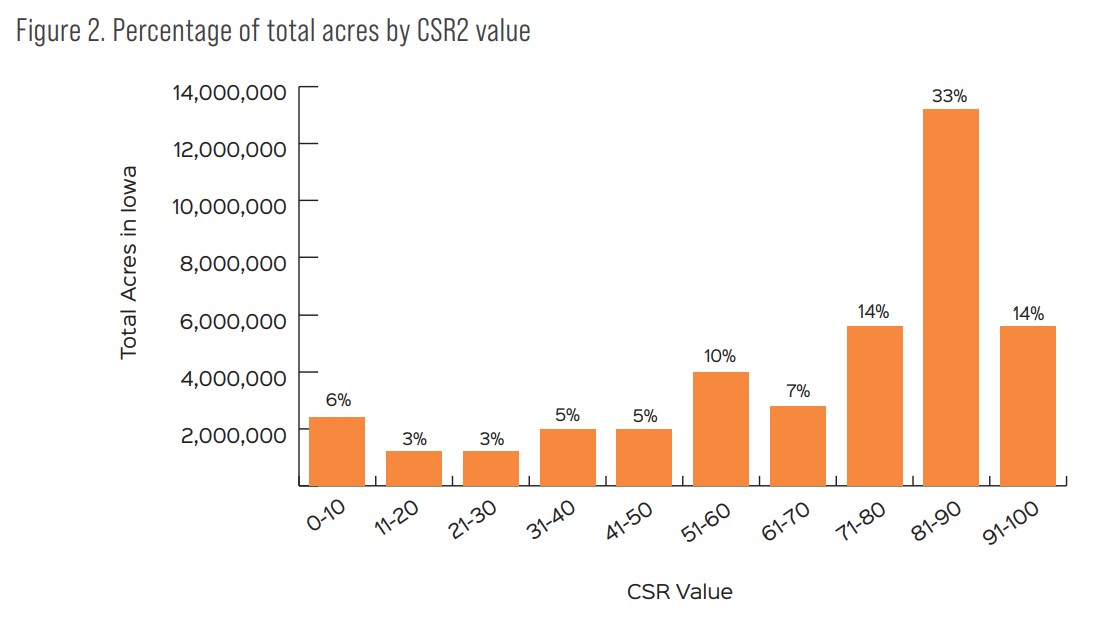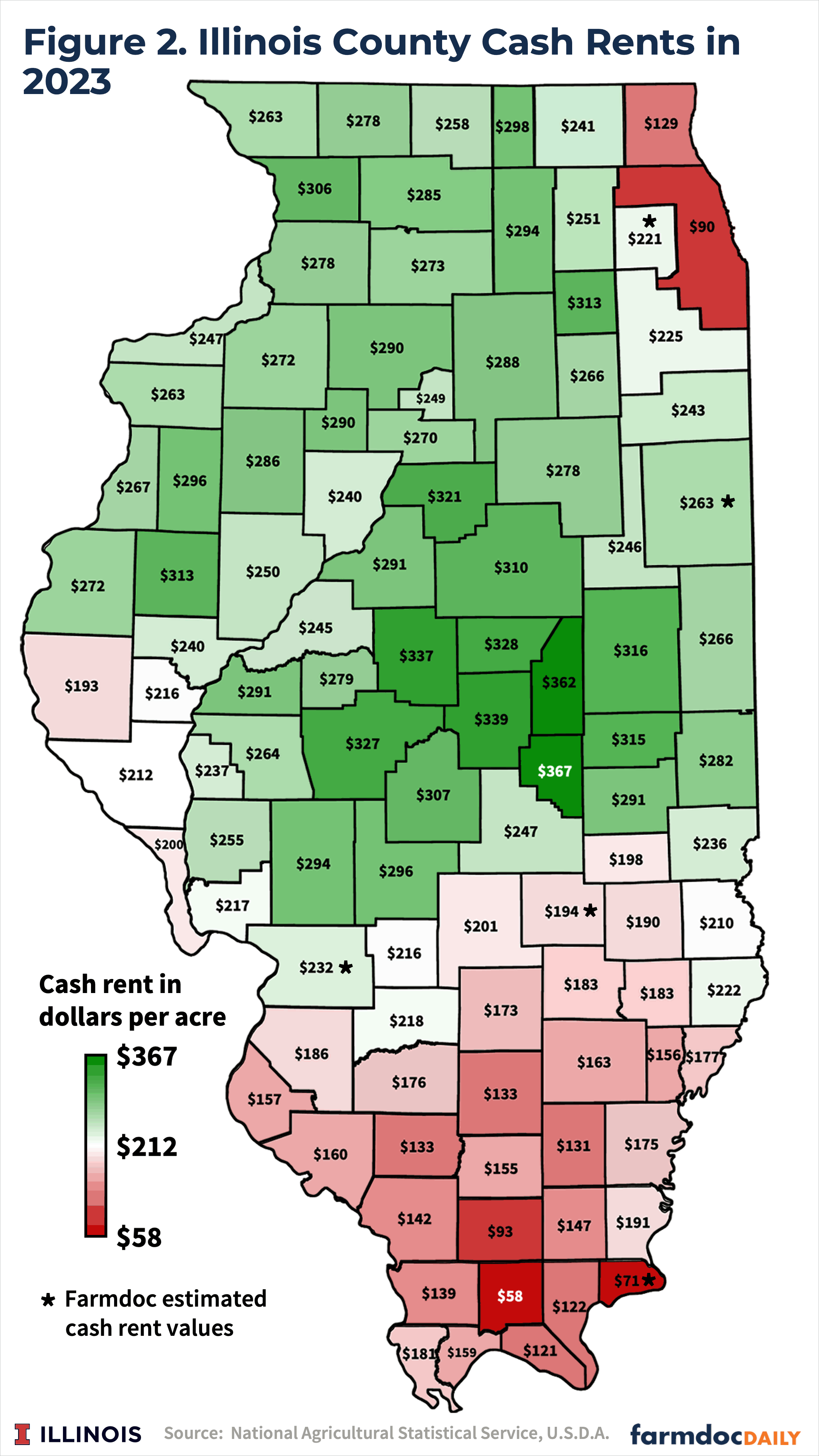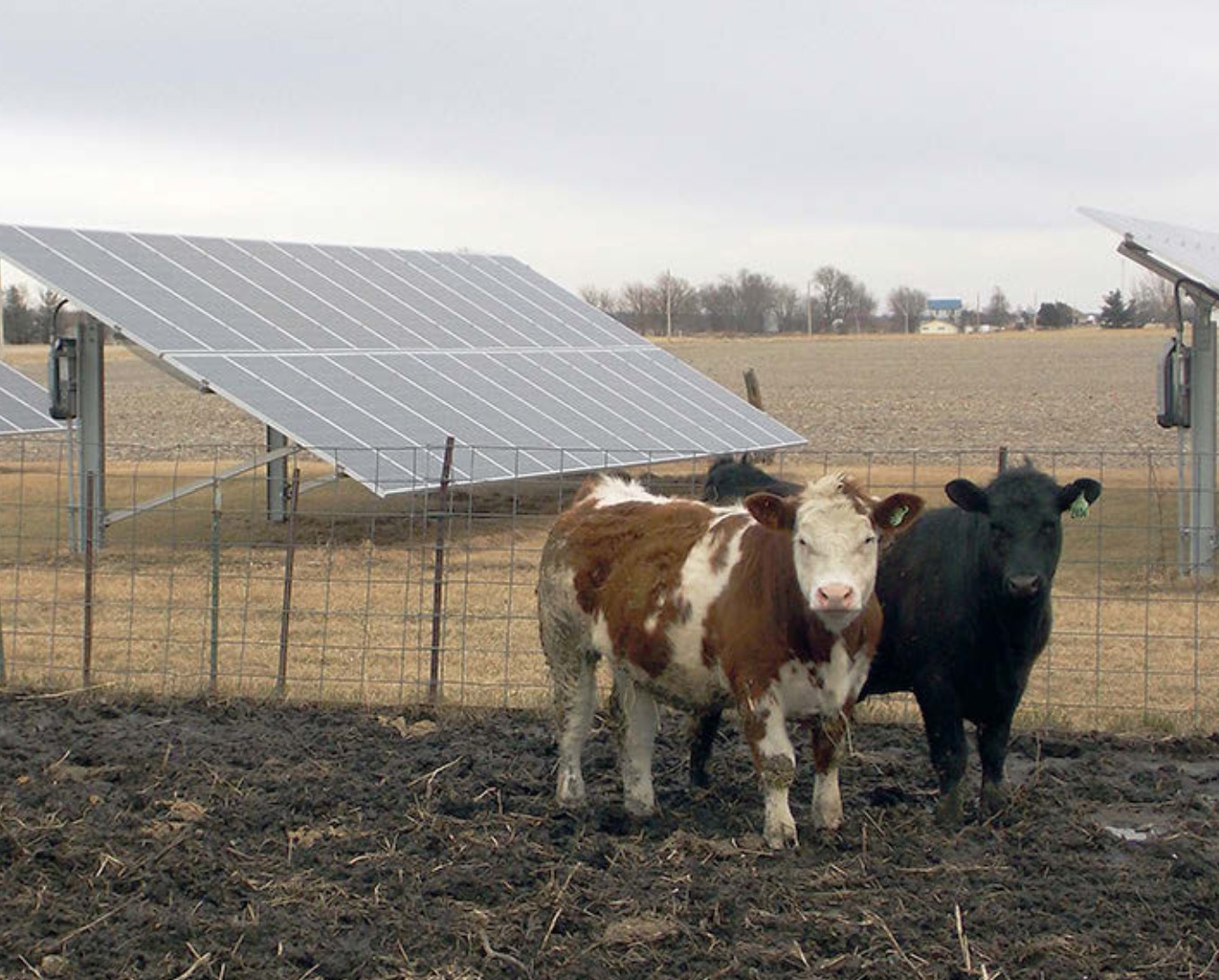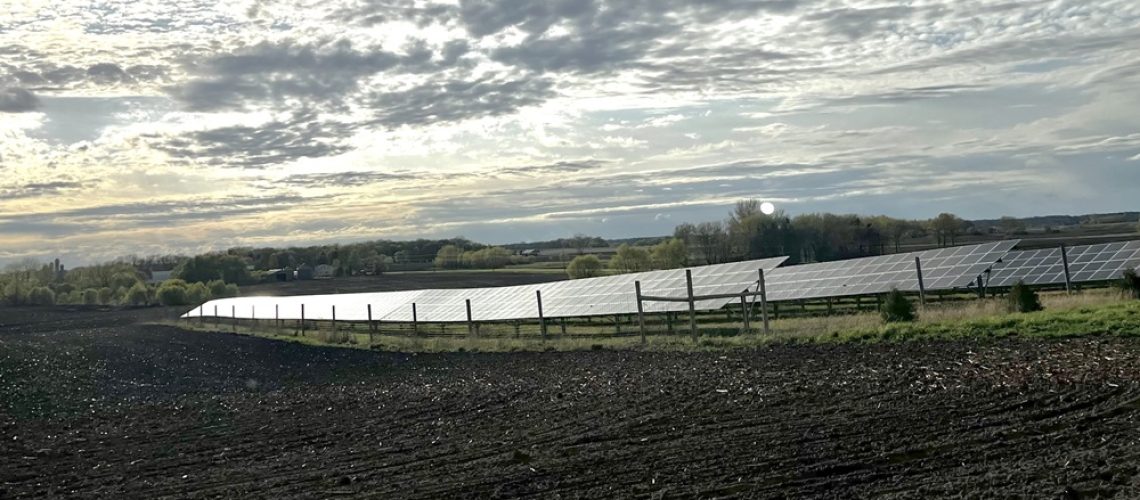An analysis by the Center for Rural Affairs illustrates how using a small fraction of Midwest farmland for solar energy could meet significant renewable energy goals by 2050, dramatically enhancing the financial stability of farms, and challenging traditional views on land use.
The Center for Rural Affairs (CFRA) has released an analysis, Sifting through Solar: Land-Use Concerns on Prime Farmland, which discusses the potential expansion of solar power by 2050 on Midwest farmland.
The report highlights that solar projects have generated 147,000 rural jobs and delivered substantial land lease payments to farm owners, with farm owners in Iowa receiving $73.4 million in 2022 alone.
According to the CFRA, the U.S. Department of Energy’s Solar Futures study estimates that by 2050, 1,600 GW of solar power will be needed to fulfill 40-45% of electricity demand, with 210 to 420 GW anticipated to be installed in the Midwest. The analysis further notes that if all the projected solar capacity for the Midwest were installed solely on farmland, totaling 114.8 million acres, “it would only occupy 1.45% to 2.90%” of farmland.
Moreover, a significant portion of land is neither considered prime farmland nor currently used for agriculture at all.
Challenges
The CRFA highlights Iowa, notable not only for its extensive ethanol production but also for significant resistance to solar development. Repurposing these ethanol-producing lands for solar could theoretically power the entire U.S., including all electric vehicles and heating systems.
The analysis identifies two technical land designations, “prime farmland” and “corn suitability rating” (CSR), as potential barriers to placing solar installations. These designations could be overly restrictive under current policies.
In Minnesota, advocates contend that the classification of prime farmland, established in the 1980s to curb the spread of coal and nuclear facilities, is outdated. Unlike these facilities, solar installations do not permanently alter the land and can be decommissioned, allowing the land to return to its original farming use after lying fallow, potentially improving its condition for future agricultural use.

In Iowa, proposed legislation aimed to limit solar installations to land with a CSR value of 65 or less failed to pass. Had it passed, placing solar installations on 65% of the state’s farmland would have been illegal, and a large portion of the remaining 35% was considered less than viable for solar due to various land characteristics.
CFRA’s efforts to address land use concerns could be deployed as part of an effective comprehensive educational strategy. Stakeholders must understand the significant income potential from solar installations alongside the threats posed by local anti-solar legislation to the financial security of family farms.
Financial comparisons and community impact
Considering the attractive solar lease rates, dedicating even a small percentage of farmland to solar energy can substantially enhance a farm’s financial stability. For example, in 2023, the United States Department of Agriculture’s National Agricultural Statistics Service reported that non-irrigated cropland cash rent averaged $269 per acre in Iowa and $259 in Illinois. High-quality farmland can command rents over $400 per acre, while the least profitable farmlands fetch as low as $58 per acre.

Contrast these figures with the typical solar lease in these states, ranging from $750 per acre for up to hundreds of acres to as much as $3,000 per acre for up to 20 acres.
Community solar programs, which tend to lease fewer acres, offer higher rates ranging from $1,200 to over $5,000 per acre depending on the state. For example, a farmer with 400 acres who converts their least productive 15 acres – representing 3.75% of their land – for a 2 MWac community solar farm could see annual earnings surge to $45,000. This amount is approximately 11.5 times the previous earnings of $3885 from these acres, based on the average cash rent of $259 per acre in Illinois.
Even at the lower end, solar leasing would at least double the cash rent of the most lucrative farmland and could provide a dramatic increase for less profitable lands. For instance, in Johnson County, Illinois, land renting at $58 per acre could see income increase 13-fold with a $750 per acre solar lease rate.
To achieve 1,600 GW of solar capacity in the U.S., just over 10 million acres would be required, of which 1.2 million to 2.5 million acres would be utilized from the Midwest’s almost 700 million acres of total land area.
With 10,300,000 acres available nationally for solar installations, projected land lease revenues available to owners would range from $7.725 billion annually to an impressive $30.9 billion, with billions in lease revenues available in the Midwest.

To further harmonize solar development with agricultural land use, several strategies can be implemented:



